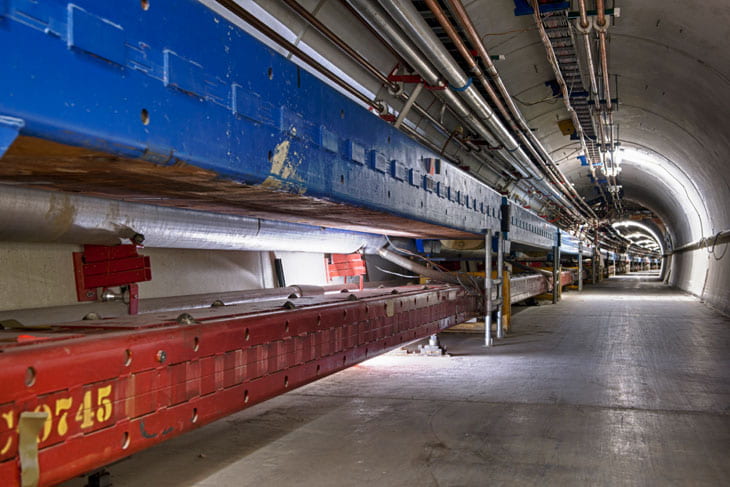UNIVERSITY OF MARYLAND
The expertise developed through our research is brought to the classroom, where the fundamental concepts are taught and reinforced with world-class hands-on learning opportunities. Everyone in the Koeth Research Group participates in education, it is important to realize the value of peer-to-peer, or near peer-to-peer learning. The Cyclotron Capstone Design class is a perfect example. It is a singular class designed specifically for senior-level undergraduates in any STEM discipline and is co-listed in MSE, ECE, and Physics. Our course was featured in the Washington Post Magazine on “Accelerated Learning” in September 2016.
- UMD ENMA486,688, MSE Seminar Spring 2020, Fall 2020, Fall 2024
- UMD ENMA490
- UMD EENE408T/PHYS499T/MSE489T Building the UMD 5 MeV Cyclotron – Accelerator Science & Engineering – Capstone Design Project, Spring 2016/2017/2018/2019/2020/2021


- UMD HONR298J A Century of Smashing Atoms – an honors seminar where the genius of discovery is explored in the history of particle accelerators, Spring 2019, 2020, 2021. In this class we start out small, where students learn about the fundamentals of how a particle accelerator works, they even get to visit and operate a cyclotron. Then delve into the evolution of accelerators, the seemingly insurmountable technical problems encountered and the subsequent elegant solutions, all in the pursuit of larger and larger machines. We ask why? What is the motivation? Your instructor postulates that they are the most beautiful expression of humankind, a collaborative instrument for the satiation of human curiosity, answering questions like what are we made of?, where did we come from? – high energy particle accelerators are a way for the universe to learn about itself. However, we find that before we can lean back and smoke our pipe, accelerators demand a lot of blood, sweat, and wrench-turning. In parallel to machine development, we explore the geniuses behind them, their quirky personalities, and their deep insights and their sometimes pure luck. We learn about the discoveries accelerators enable as well as their immediate and major societal impact in national security and medical applications. Finally, after being armed with a semester’s helping of technical and historical knowledge covering the last century, we look back the numerous unexpected technological spinoffs that have come directly from the building of particle accelerators. We conclude with a discussion about “who pays the bills?” How do scientists effectively communicate (or do not) with policy makers and provide a compelling justification for continued funding the largest machines humans have ever built!


- UMD ENMA422, Radiation Effects of Materials, Fall 2017

- UMD ENME432, Reactor and Radiation Measurements Laboratory, 3cr Spring 2015, Fall 2015, Spring 2016, Fall 2016, Spring 2017

- UMD ENMA499, Independent Research in MSE, Fall 2020

